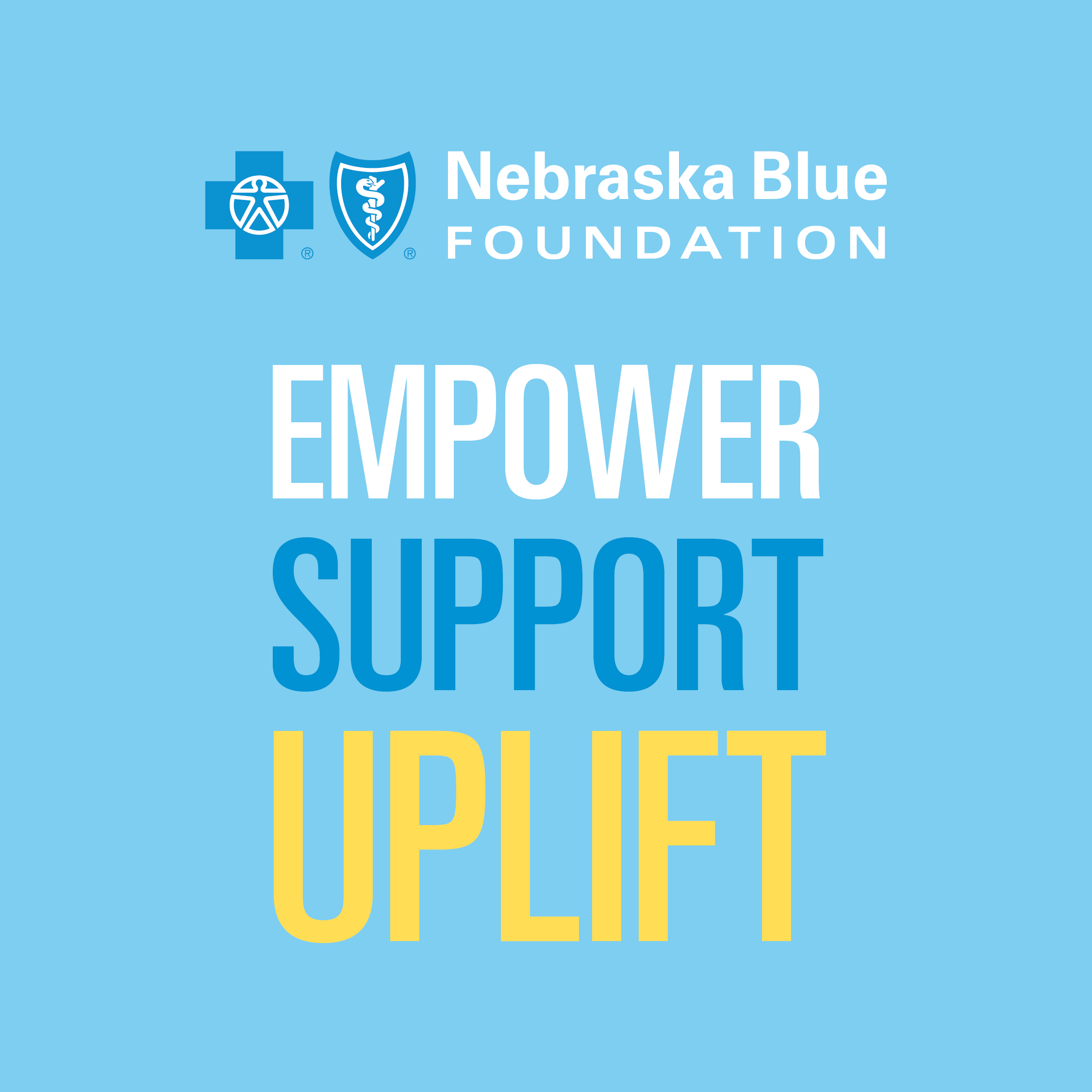Blue Cross and Blue Shield of Nebraska (BCBSNE) is joining other Blue Plans nationwide in adopting new Centers for Disease Control (CDC) guidelines that support not prescribing opioids as first or second lines of pain therapy in most clinical situations.
“We will be using the CDC opioid prescribing guidelines to further educate our providers and patients about the dangers of using opioids, especially as first line pain medication for acute or chronic pain,” Dr. Debra Esser, chief medical officer, said. “Alternatives to opioids are very successful for pain control and should be used before opioid medications.”
Nationally, 21 percent of Blue Cross and Blue Shield commercially insured members filled at least one opioid prescription in 2015, according to a Blue Cross and Blue Shield Association (BCBSA) study. The report also showed members with an opioid use disorder diagnosis spiked 493 percent over a seven-year study period.
While other parts of the country are experiencing high rates of opioid addiction, Nebraska is much lower.
“Nebraska providers are very aware of the threat of overdose in prescribing, and monitor the opioids their patients use,” Esser said. “The Nebraska Medical Association has also done a good job of educating physicians and the state has a monitoring program where doctors can sign on and see a patient’s prescription history to determine if they have addiction problems.”
That awareness and education is evident in study results.
Of all BCBSNE members who used a pharmacy in 2017, 16 percent filled an opioid prescription. The national average, according to the BCBSA study, is 20 percent.
The study also found:
- The highest long-term users of opioids in Nebraska are women over age 45.
- Rural areas in the state have a slightly higher rate of use than urban areas.
- Osteoarthritis is the largest driver of long-term opioid use in Nebraska.
All Blue Cross and Blue Shield companies cover non-opioid pain treatment options, as well as medication-assisted treatments.






